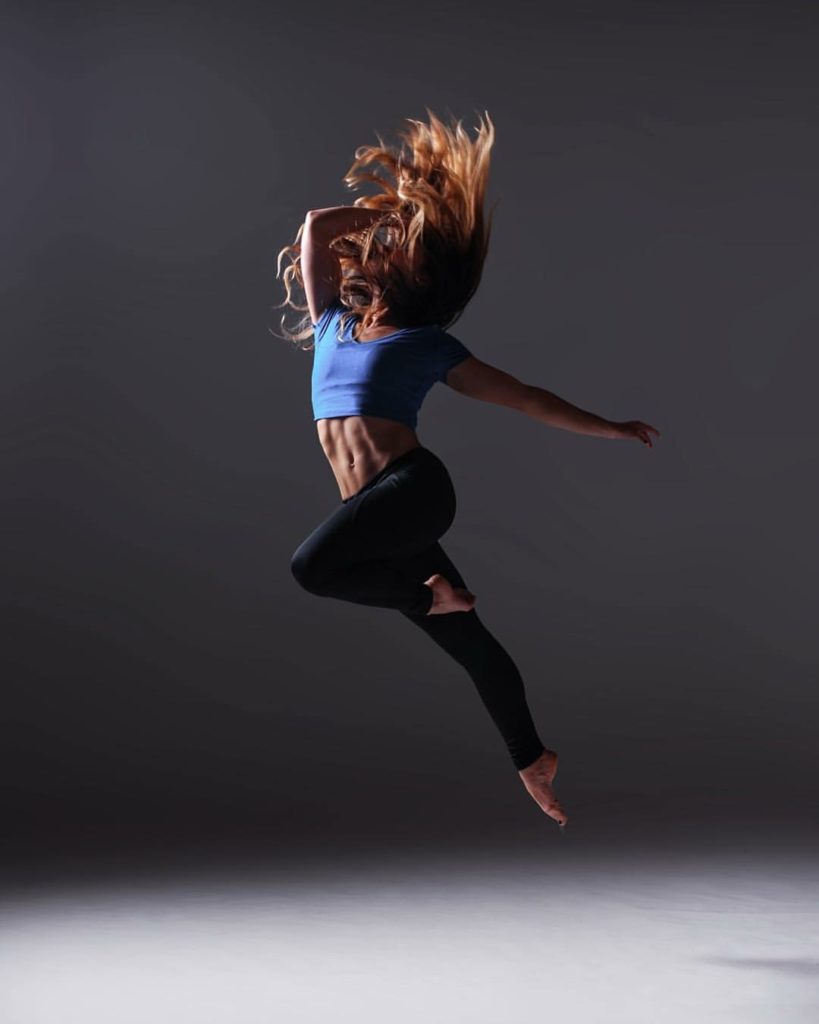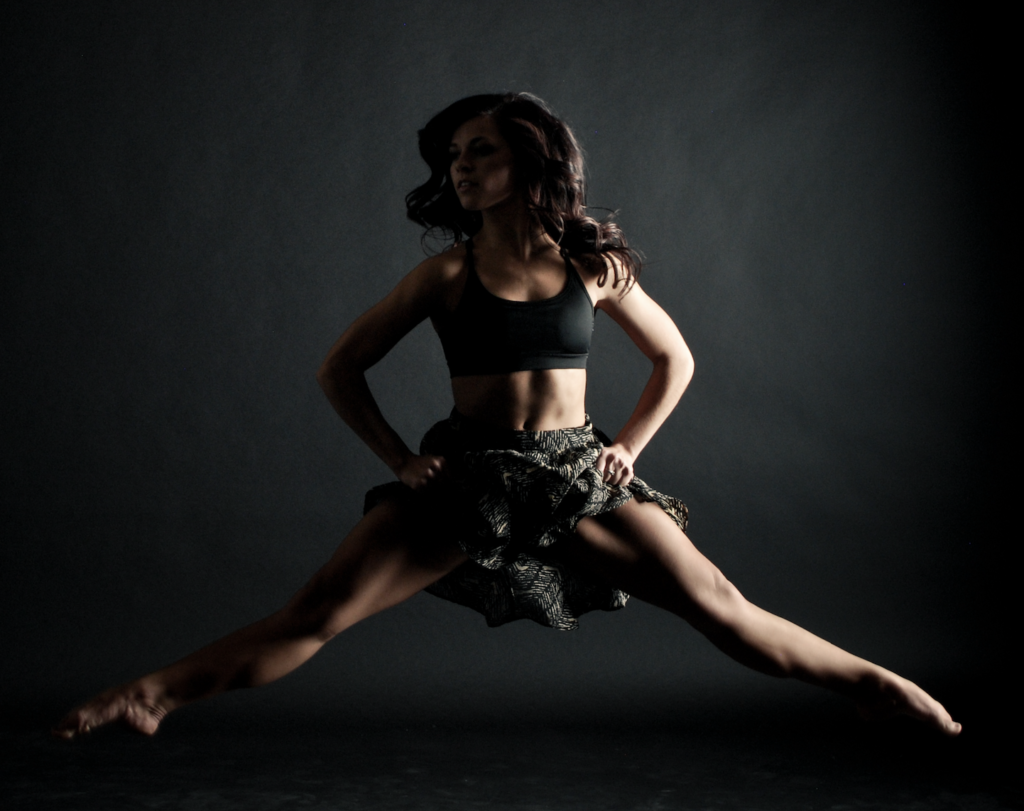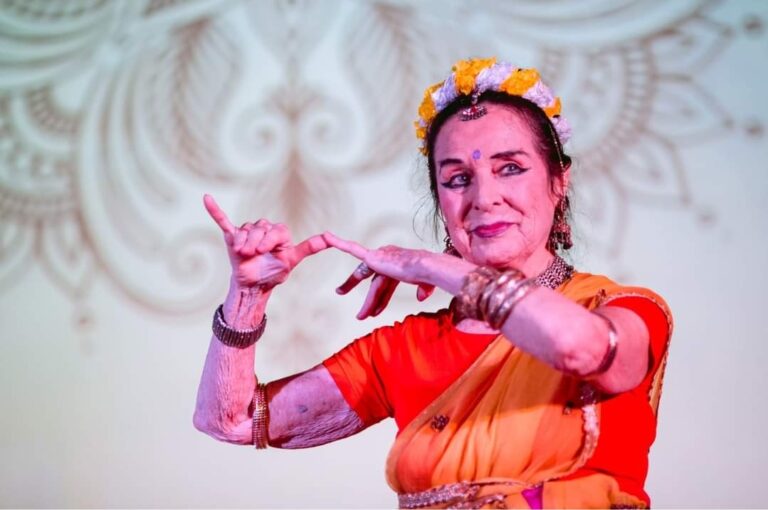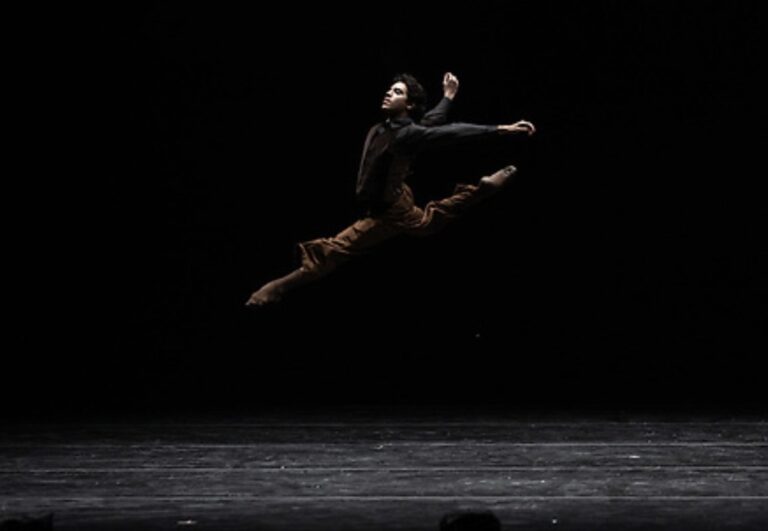
For as long as I can remember, I have wanted to be just like my mentor and friend, Natalie Bills Francis. I met her when I was just 7 years old at Hot Shots Dance Studio in Pleasant Grove, Utah, and she was the daughter of the school’s owner, Colleen Bills. She was on senior company at the time, and I absolutely idolized her. Early on, I was unexpectedly cast in a piece with her team and she was the dancer assigned to teach me the choreography. Unsurprisingly, I was starstruck! From then on, Natalie played a major role in my dance education.
When I was 11 years old, my parents went through a nasty divorce that had a negative impact on our finances, and my mom wasn’t sure that we’d be able to afford dance anymore. Natalie and Colleen saw my need, and chose to see me as an investment. They were willing to work with me because they saw my potential and wanted me to achieve it. More than teachers, they were my friends—my family. After Natalie graduated high school, she became my main jazz technique teacher, and class with her was always a blast. She has a goofy sense of humor (something we share), and made an effort to get to know me on a personal level. She was always there for support when I needed it, and taught me to channel my emotions into my dancing. For many years I struggled to be vulnerable enough to put my lived experience into my performance. I would pretend to be emotional by mimicking the dancers I had seen perform on shows like “So You Think You Can Dance.” It didn’t look genuine, of course, and Natalie would try to get me to take my performance a step further by asking questions about what I was going through, and encouraging me to use it on the stage.
One day in rehearsal, it clicked. I looked at Natalie after I finished my piece and saw that she had tears in her eyes. She exclaimed, “Kausha! Where has that been? That was it!” I remember going home that day and being so happy.

I often used Natalie as a barometer for how I was doing in dance. She was an athletic and daring dancer who was especially good at jumps and tumbling, and I wanted to be that way too. I often thought that if Natalie was able to do something, I could do it too (or at least learn how to do it eventually). For example, she invented a trick called “The Narcoleptic Aerial.” It is exactly what it sounds like: You do an aerial, and midway through it, you “fall asleep” and slam onto your side. No one was ever willing to attempt it, but I couldn’t help myself. Once again, if Natalie could do it, so could I. I taught myself how to do it, and though it’s a mostly useless skill to have, I would randomly pull it out at parties, and even once during the behind-the-scenes footage for a “SYTYCD” audition.
Even when I broke my foot in high school, I was sustained by remembering that Natalie had once been injured too, and she got through it. It was the inspiration I needed to keep dancing and come back stronger.

Perhaps the most important lesson Natalie taught me is how to behave professionally. She has high standards, values discipline, and could even be a bit intimidating at times. The combination of those things trained us all to be respectful of her, and never talk back. It’s something I have taken into my professional career and regularly get comments on. Most recently, I had the chance to work with Paula Abdul on a couple of projects. Shortly after our first shoot I got a call from her manager thanking me for being professional and easy to work with. Paula had told him that she could tell I had been trained properly, which of course is thanks in large part to Natalie.

I don’t know if I will ever be able to fully convey my gratitude and appreciation for Natalie and Colleen for what they have done for me. They saw something in me and gave me every opportunity to improve. They are the reason I get to dance professionally today. They are family.
I feel very lucky to have had Natalie as a dance teacher, a role model and, most of all, a great friend.



